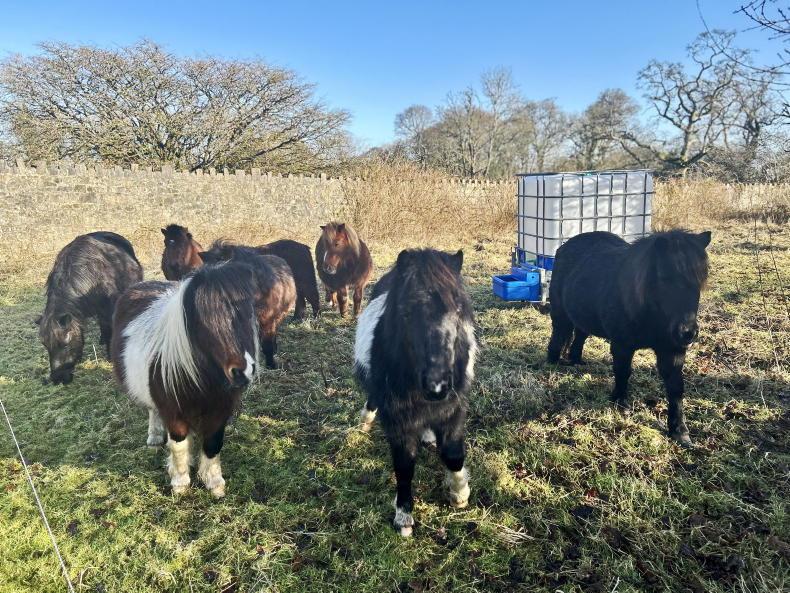EVERY winter I have a herd of Shetland Ponies of mixed gender and age, roam around the acres of the cottage on the National Trust Estate where I live. I watch the entire life cycle of these little wild lawnmowers from mating to birth. Though truth be told, I’ve never managed to see a conservation foal being born, they’re far too stealthy for that. I’ve caught one still glistening though, snuggled down among the tall grassy edges close to the hedge.
Conservation grazing allows the management of grassland habitats through the use of livestock, reducing the need for management by machine. As part of the grazing process, rank grass and other vegetation is consumed, which helps prevent grassland areas becoming grass dominated habitats that eventually will scrub over with willow, brambles, etc.
Germination process
Movement of livestock through the area transports seeds and opens up pockets of bare earth, which are an important aid to the germination process. The ponies are of greatest use during the winter months, when they graze areas left for summer wildflowers, and afterwards graze areas of parkland that the tractor has been unable to crop. These areas are where the ponies graze and also give birth, quietly and naturally each year.
As I said good morning to the herd this morning, coffee and apples in my hand, it was lovely to be up close to last year’s foals, and also to see the mares in their third trimester hanging to the back of the herd with their wall of hairy protection in front of them (until the apples came out). Breeding is not something the National Trust really interferes with and typically most new-born conservation foals arrive with the blooming of the blackthorn in March or April.


 This is a subscriber-only article
This is a subscriber-only article
 It looks like you're browsing in private mode
It looks like you're browsing in private mode





SHARING OPTIONS: